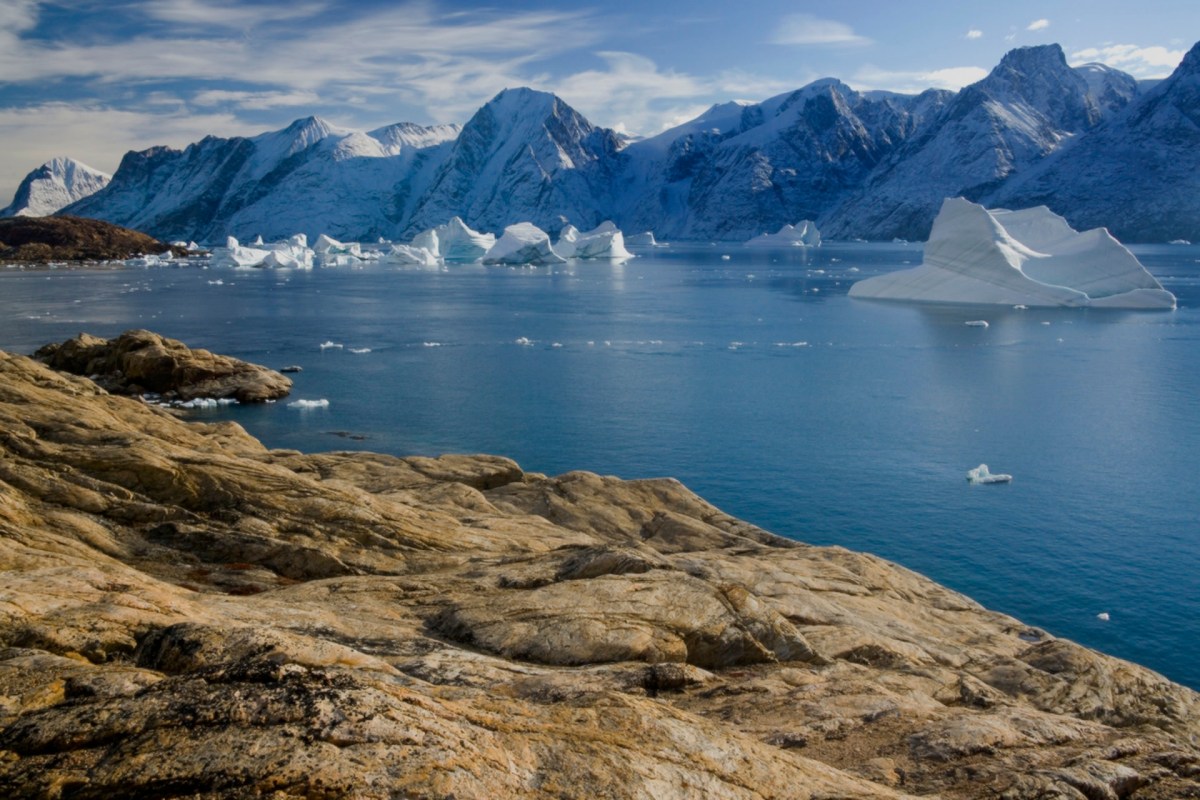Greenland has lost about 20% more of its expansive ice sheet than previously believed, according to a new study.
What happened?
Previous studies concluded that Greenland has lost nearly five trillion metric tons of ice since 1992, according to The New York Times. However, new research added another one trillion metric tons to that figure by taking "glacial terminus retreat" — or what is happening around the margins of an ice sheet — into account.
"Almost every glacier in Greenland is retreating," said Chad Greene, lead author of the study and glaciologist at the NASA Jet Propulsion Laboratory, per the Times.
Vincent Verjans, a glaciologist at the IBS Center for Climate Physics and Pusan National University in South Korea, who was unaffiliated with the study, told the publication that the new research will help scientists better understand the climate system as a whole and how warmer temperatures are distributed between the atmosphere, ocean and ice sheets.
"It is an important topic," Verjans said.
Why is this study concerning?
The Greenland ice sheet is the second-largest of its kind on Earth, but it's disappearing before our eyes. Jarring satellite photos of the ice sheet showed significant melt from mid-June to late July 2023. In fact, up to 50% of the surface ice — an area spanning over 300,000 square miles — melted to some degree on several days in July.
As freshwater from all that melting ice pours into the ocean, it could weaken an important system of ocean currents called the Atlantic Meridional Overturning Circulation, The New York Times reported. The Gulf Stream is part of that system, and carries tropical water up the southeast coast of the United States and on to Europe, contributing to relatively mild temperatures there.
The loss of ice could also indirectly contribute to sea level rise, according to the researchers.
The melting in Greenland is part of a global trend. Recently, scientists announced that the world's largest iceberg may be in the final months of its life as it drifts into warmer waters after first breaking loose from the Filchner-Ronne Ice Shelf in 1986.
Meanwhile, a study from the U.S. National Park Service revealed that all the glaciers within Washington's Mount Rainier National Park are decreasing in size, with one of the 29 already gone and another two in serious peril.
What can I do to help the warming planet?
In order to help slow the overheating of our planet, it is imperative that governments work together to enact sound climate policy.
The U.N. Environment Programme encourages citizens to keep up local political pressure by lobbying politicians and businesses to cut planet-warming pollution.
You can also take personal steps in your everyday life, including riding a bike, taking public transportation, cutting down on your power use by buying efficient appliances, and eating more plant-based meals.
Join our free newsletter for cool news and cool tips that make it easy to help yourself while helping the planet.








